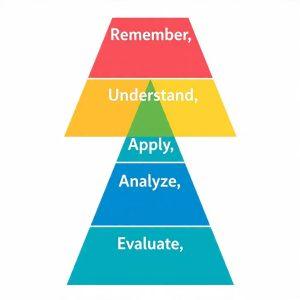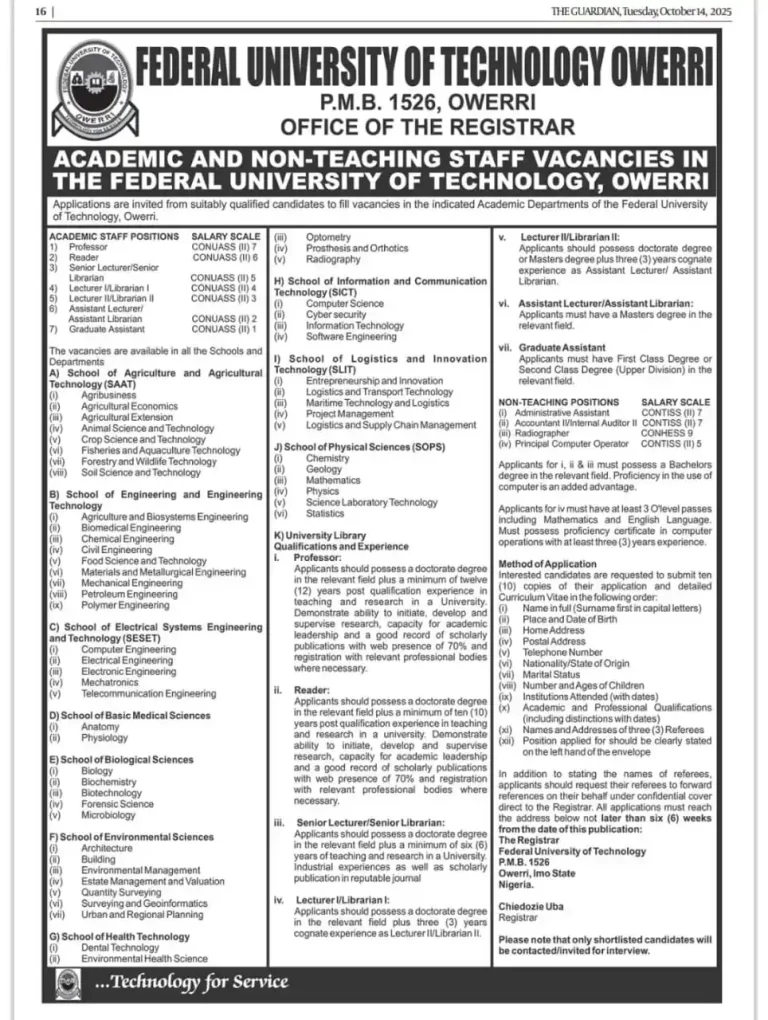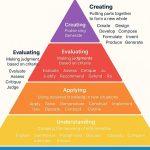
Bloom’s Taxonomy and Its Evolution
Have you ever tried to learn something new, only to find that some ideas stick easily while others just vanish? As an educator or content creator, you may also wonder how to build lessons that leave a lasting impact. The key often lies in understanding how learning happens.
For decades, Bloom’s Taxonomy has been a trusted guide. It’s more than theory—it’s a practical roadmap for deep learning, helping learners move from simple memorization to mastery and creation.
What is Bloom’s Taxonomy?
A Foundation for Deeper Learning
At its core, Bloom’s Taxonomy is a framework that classifies learning into different levels of complexity. Think of it as a pyramid of thinking skills—each level builds upon the last. The goal? Help educators plan better lessons and assessments that promote true understanding.
But it’s not just about course design. Bloom’s also creates a common language among educators, ensuring alignment across grade levels and subjects. When everyone speaks the same learning language, students benefit from consistent instruction and expectations, reducing confusion and improving outcomes.
A Simple, Actionable Definition

Bloom’s Taxonomy is a learning framework that helps teachers, students, and content creators organize how learning happens—from remembering facts to creating new ideas.
Imagine it like climbing a ladder. At the bottom, you start with basic recall (like remembering names or definitions). As you climb higher, you get into understanding, then applying knowledge, analyzing problems, evaluating situations, and finally, creating something new—like designing a project or writing a unique essay.
According to Vanderbilt University’s Center for Teaching, Bloom’s Taxonomy is a way to classify thinking according to six cognitive levels of complexity, allowing educators to match learning goals with assessments and instruction strategies.
Why It Matters
It’s not just a classroom theory. Bloom’s Taxonomy is used by:
- Teachers to design lesson plans that build real skills, not just memory games
- Students to understand their learning journey and track their growth
- Trainers, content creators, and instructional designers to deliver content that actually changes how people think or act
This framework has become a universal learning language across subjects and levels. Whether you’re planning a science lesson or writing an EdTech blog, Bloom’s helps define what success looks like at every stage of thinking.
The Original Vision (1956):
Categorizing Cognitive Skills
The story of Bloom’s Taxonomy began in 1956, led by educational psychologist Benjamin Bloom. His team developed a classification system for educational goals, initially meant to assess college student performance.
The Original Six Categories:
- Knowledge
- Comprehension
- Application
- Analysis
- Synthesis
- Evaluation
These were arranged hierarchically, from simple to complex thinking.
However, Bloom himself noticed a flaw: “Knowledge” (as the first level) dealt with remembering facts, while the others focused on intellectual processes. This sometimes led educators to overemphasize memorization, mistaking it for deep learning.
The use of nouns like “Knowledge” and “Comprehension” implied static skills. That subtle linguistic choice unintentionally shaped how teachers and students viewed learning—as a checklist rather than an interconnected journey.
The 2001 Revision:
Action Verbs for Active Minds
Decades later, Bloom’s former student Lorin Anderson, along with other experts, revamped the taxonomy for modern learning.
Key Changes in the Revised Taxonomy:
- Nouns became action verbs to emphasize doing over having.
- “Synthesis” became “Create”, now the highest level above “Evaluate.”
- The focus shifted from what students know to what they can do with what they know.
Revised Bloom’s Taxonomy Verbs:
- Remember
- Understand
- Apply
- Analyze
- Evaluate
- Create
This shift made the framework more practical for today’s classrooms, where skills and application are prioritized over mere content recall.
Adding Knowledge Dimensions
Another powerful update: the revised version integrates four types of knowledge:
- Factual
- Conceptual
- Procedural
- Metacognitive
This dual-layer model (knowledge types + cognitive processes) gives educators a more nuanced tool for curriculum design. It also aligns learning objectives with appropriate assessments—ensuring that what’s taught and what’s tested actually match.
For example:
- If the objective is to list, a quiz may suffice.
- If the goal is to design, a project-based assessment is more appropriate.
Why Bloom’s Taxonomy Still Matters
Benefits of Bloom’s Educators
Bloom’s Taxonomy remains a game-changer in education.
For educators, it:
- Builds a common language for instruction and assessment.
- Helps design lessons that move learners from lower-order to higher-order thinking.
- Encourages intentional lesson planning and assessment alignment.
- Promotes reflective teaching—educators think more critically about how they teach and how students learn.
Ultimately, it leads to more effective, inclusive, and impactful education.
Benefits for Learners
For students, Bloom’s Taxonomy:
- Clarifies learning goals.
- Fosters metacognition—thinking about their thinking.
- Empowers them to self-monitor and self-direct their progress.
- Transforms them from passive recipients to active learners.
It provides a roadmap for academic success and lifelong learning. Students start to ask, “Am I just memorizing this, or can I apply and analyze it?” That shift in mindset leads to deeper understanding and better performance.
Comparing the Old and New:
Bloom’s Taxonomy Table
Here’s a quick visual guide that compares the original taxonomy with the revised version:
Table 1: Bloom’s Taxonomy – Original vs. Revised
| Original (1956) | Revised (2001) | Description |
|---|---|---|
| Knowledge (Noun) | Remember (Verb) | Recalling facts and basics |
| Comprehension (Noun) | Understand (Verb) | Explaining ideas and meaning |
| Application (Noun) | Apply (Verb) | Using knowledge in real contexts |
| Analysis (Noun) | Analyze (Verb) | Breaking down and finding patterns |
| Synthesis (Noun) | Evaluate (Verb) | Making judgments and critiques |
| Evaluation (Noun) | Create (Verb) | Producing new, original work |
This table highlights how the taxonomy evolved from passive labels to action-driven verbs, reflecting modern learning principles.
Conclusion: A Living Framework for Lifelong Learning
Whether you’re a teacher, trainer, student, or content creator, Bloom’s Taxonomy is an essential tool. It helps us shift from memorizing to understanding, applying, and creating.
Its revised form is more aligned with 21st-century education—dynamic, skill-based, and learner-centered. It bridges the gap between teaching and learning, empowering both educators and learners.
In the next part of our series, we’ll explore each of the six revised levels—Remember to Create—with practical examples and classroom applications. Stay tuned!








